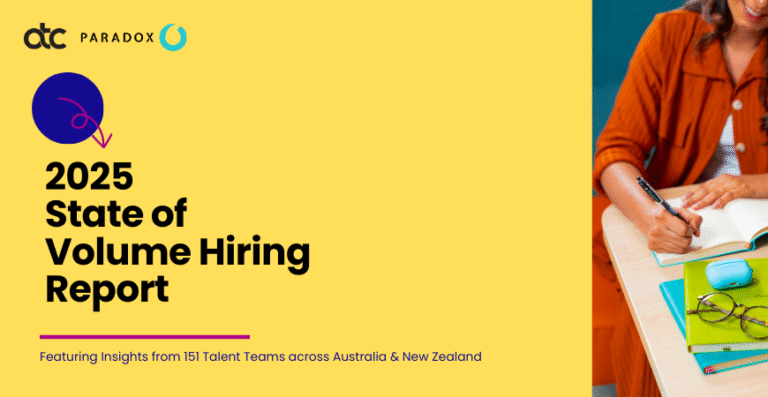Talent Advisory is not new. It emerged in 2010 when Talent Management became popular and technology started to integrate recruitment, performance management and learning and development. This officially launched Internal Mobility as another significant way of accessing talent as opposed to external recruitment.
In 2023 the focus on purely external recruitment has significantly reduced, with many Talent Functions measuring Internal Mobility as a percentage of External Recruitment. Some organisations are quoting Internal Mobility rates in the range of 20%-50% (between 1 out of 5 and 1 out of 2 placements). When these figures have been quoted I have observed some people take a deep breath.
The fact is that Internal Mobility is increasing as a percentage of external recruitment – oftentimes driven by necessity – and is being measured and benchmarked by many Talent Functions.
Talent Advisory encompasses Build (Internal Recruitment), Buy (External Recruitment), Borrow (Contingent hires), and Bot (automate). However, taking the 80/20 Rule Pareto Principle, suggests that roughly 80% of results come from 20% of effort. In this case I would strongly assert that well over 80% of Talent Advisory outcomes will stem from 20% of key positions where you balance external & internal recruitment to gain optimal talent outcomes.
So, this begs 2 key questions:
- Why should Talent Functions embrace Talent Advisory?
- How could this be undertaken easily?
Why should you move to a Talent Advisory model?
1. Retention of existing business staff
There is pressure to retain key people who positively impact business/organisational outcomes – we all know that keeping employees where possible is good for business in a number of ways. When presented with a new hiring brief, the Recruiter or Talent Advisor could simply ask the Hiring Manager:
- Does the business have any people who could be readily developed or undertake to undertake this position?
- What tasks could we get our existing team to undertake on an ongoing basis so that they may be able to undertake this position in the future?
- Would we have the capacity to train 2-3 people and hire a contractor for 3 months?
2. Development of the Talent Acquisition team
Unfortunately much of recruitment is transactional; it is a rinse and repeat business. Adopting a Talent Advisory approach makes the process more strategic and includes a higher level of business partnering. How could we take small steps to develop the team to perform these roles?
- Review positions that typically have a longer time to hire and consider alternative tactics to address with the business.
- Understand the strengths of your Talent Team and create internal mentors in areas of strategic thinking, market intelligence, creativity and influencing skills.
- Hold regular market intelligence information shares on key skills for the business
3. Partnering with the Business
Business Partnering is a topic spoken about frequently. We often use the phrase “take a seat at the table” to refer to when the business treats Talent Acquisition as being able to add significant value towards achieving business goals. Talent Advisory is much more of a partnership. You demonstrate mastery of the internal and external market demand and supply. How can this be achieved?
- To better partner with the business, make sure to undertake simple research before meeting with business leaders, such as previous understanding recruitment history, who is recruiting, who is releasing staff, what are the adjacent skills and what is the career path to positions.
4. Sustainability
If Talent Acquisition is purely focussed on external recruitment it become much harder to provide value to the business in times of hiring freezes. It is much easier to do this proactively by elevating the strategic value of your team and demonstrating value to the business beyond recruitment.
5. Personal Brand and career development
Most Talent Acquisition people will move positions every 2-3 years, some sooner. If this timeframe is about right ask yourself, do I want to be a Talent Advisor in my next gig? If so:
-
- Challenge yourself with 20% of key positions to provide internal and external market intelligence
- With critical and scarce positions consider career trajectories and adjacent skills for internal people
- Have business partnering meetings to understand future needs and skills of the organisation
In all likelihood, you are most likely doing elements of Talent Advisory now. Why not incrementally take more steps to improve talent outcomes while building a Talent Advisory function?
Want to know more? Download our whitepaper From Talent Acquisition to Talent Advisory or join us at the upcoming Talent Advisory Conference in Melbourne on Tuesday 16th May.







